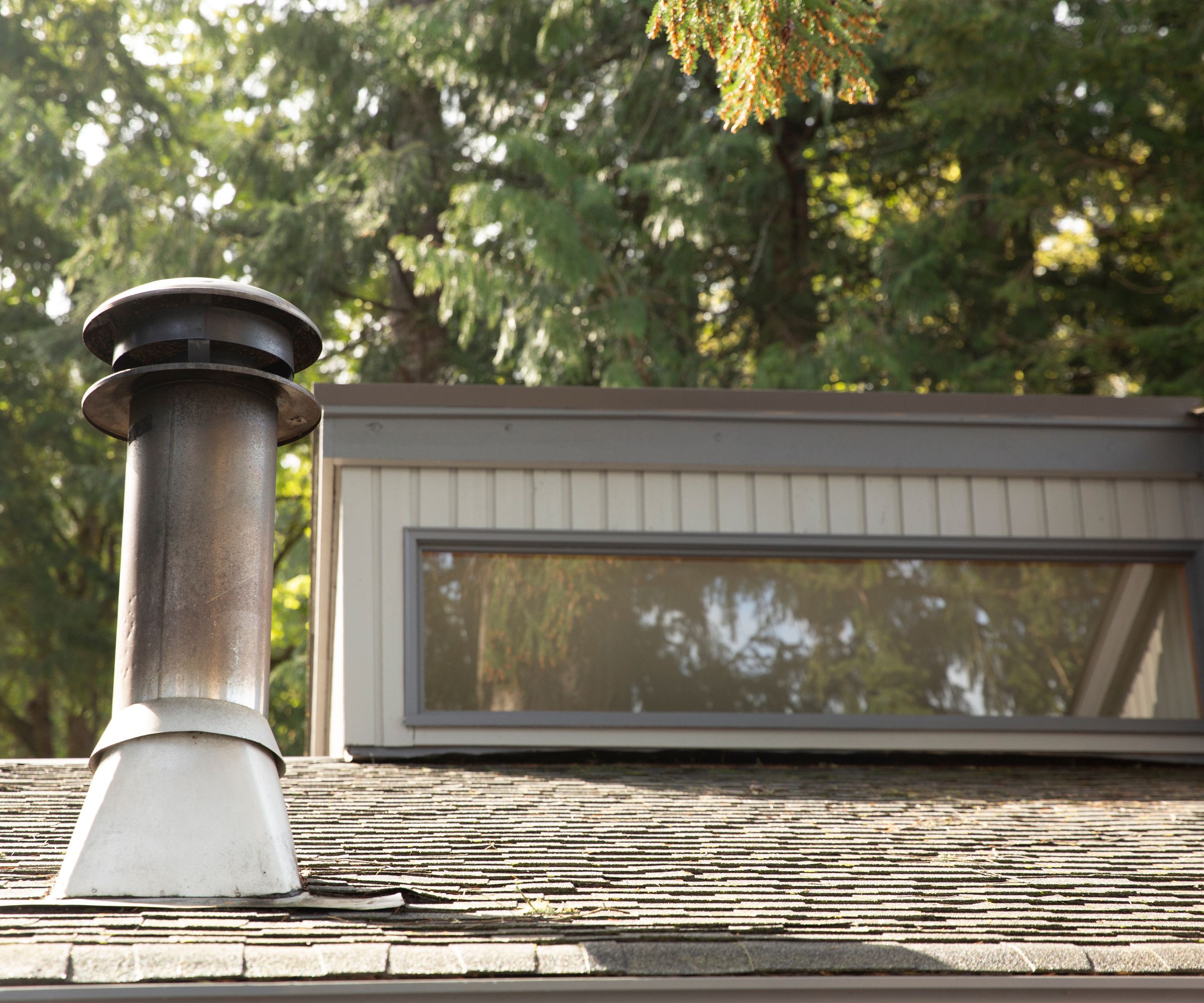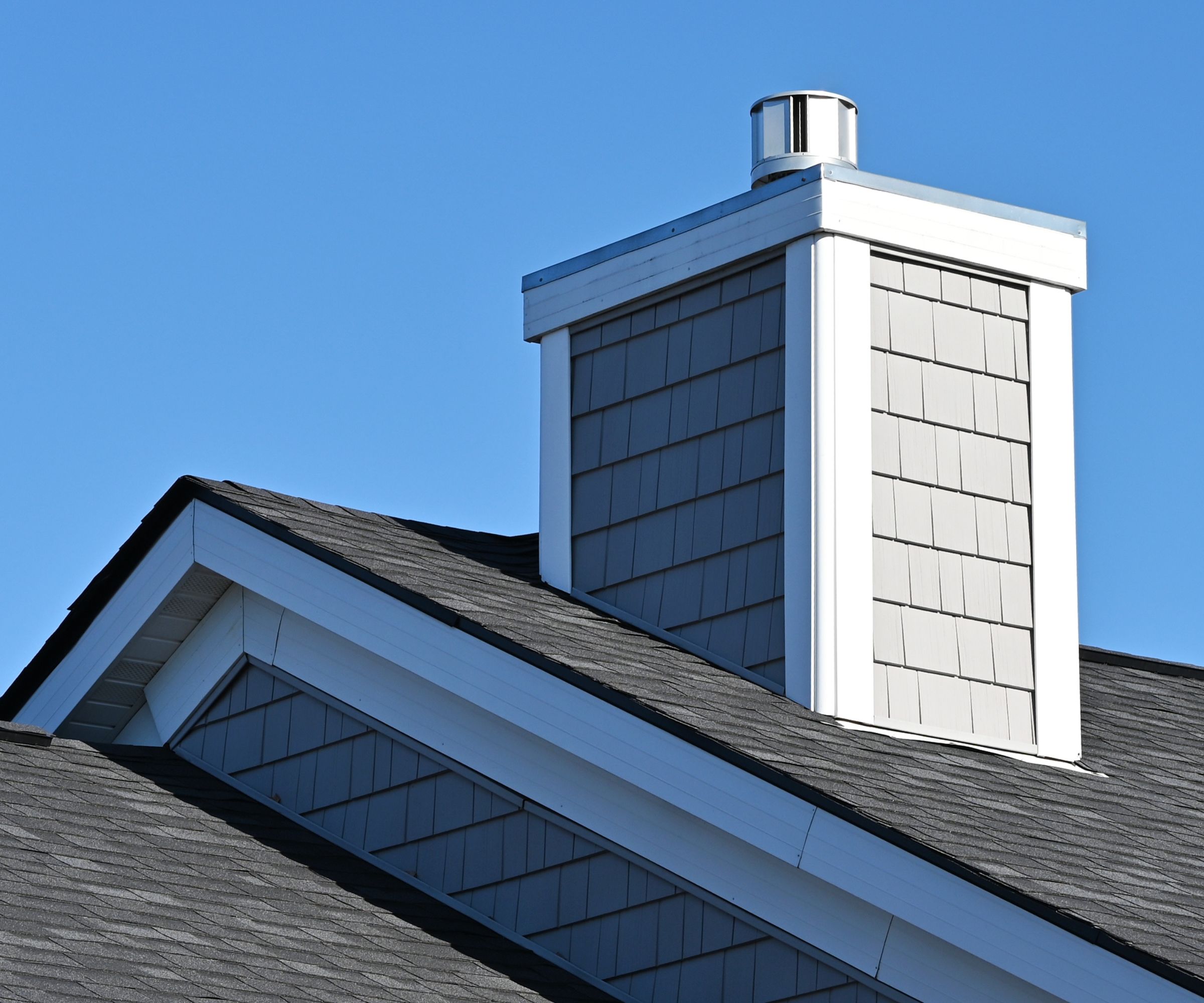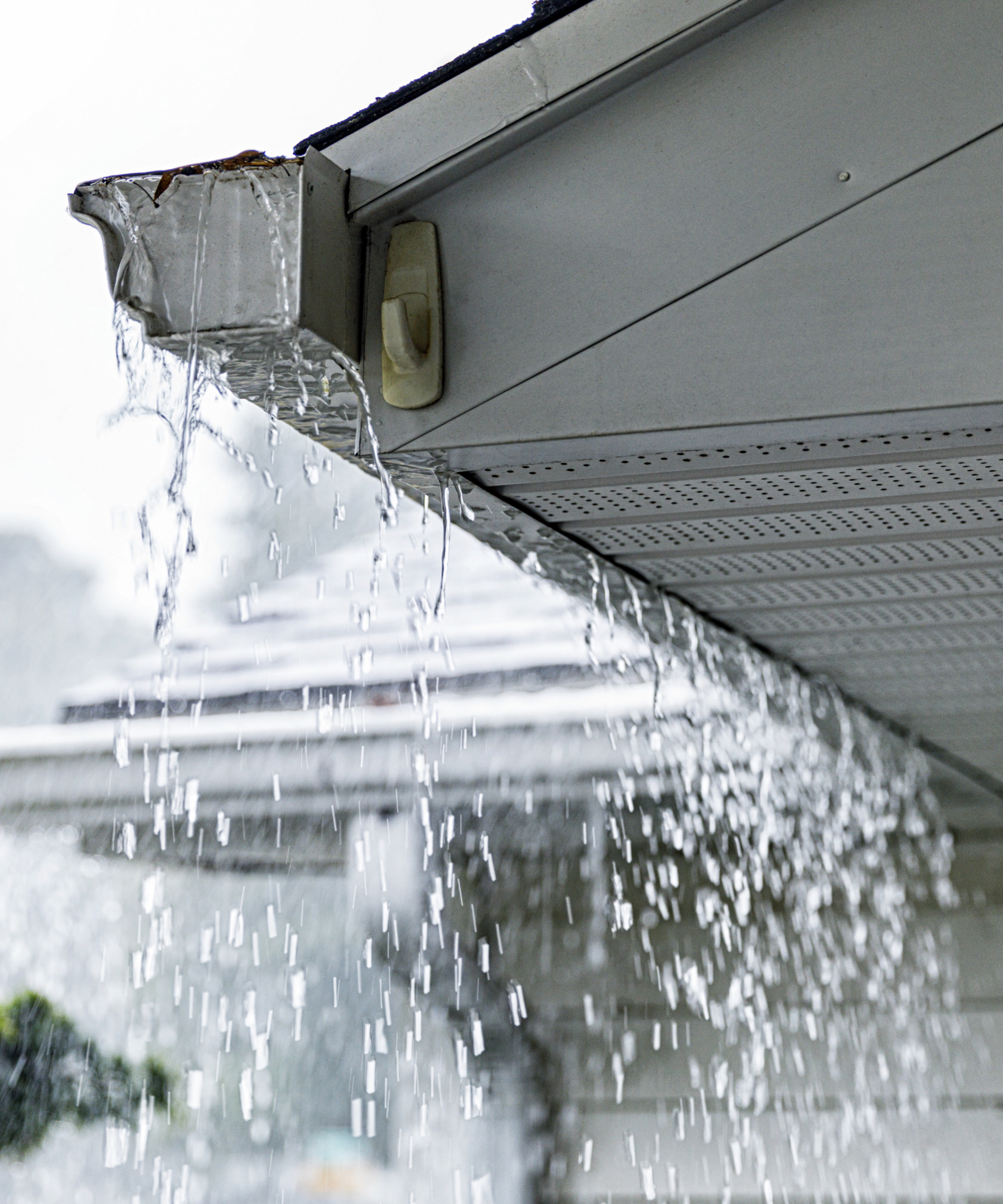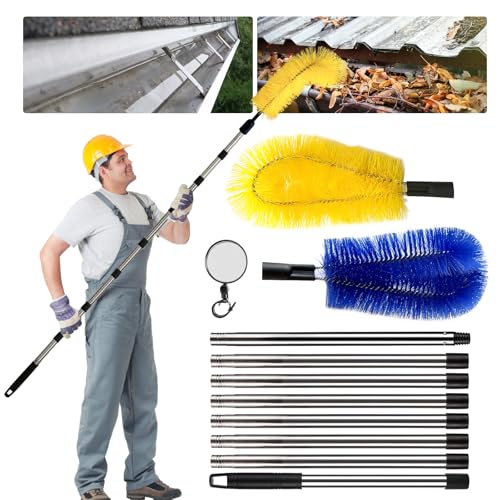6 things roofing pros recommend checking as the rainy season gets underway to avoid leaks, mold and pests
Maintaining a roof before heavy snow and rain could save you thousands, experts say


With the rainy season rolling in, now is the perfect time to ensure your roof is ready to handle the elements before the worst of the weather hits.
Roofing experts say there are several important checks you can make when preparing your home for fall, from checking shingles, to inspecting your insulation, that can help you save on costly repairs down the line.
Here, our pros share the six most important things roofing pros to check right now.
6 things roofing pros recommend checking as rainy season gets underway
Mark Zehnal, director of Fortified Roof at the Insurance Institute for Business and Home Safety begins, ‘A roof is a home’s first line of defense when preparing a home for a thunderstorm. When it fails, wind and rain can enter a home and create a cascade of damage that makes a home unlivable.
'In fact, IBHS studies show that after natural disasters, such as hurricanes, tornadoes, and derechos, as many as 90% of insurance claims include damage to the roof. So, it’s critical to keep up with necessary maintenance.’
These checks, no matter the type of roof you have, will also help avoid mold and mildew problems.
1. Where pipes enter the roof

A common home maintenance mistake in winter is checking roof tiles and forgetting the spots where something enters the roof, such as pipework and flues, begins Todd Miller, president at Isaiah Industries.
Design expertise in your inbox – from inspiring decorating ideas and beautiful celebrity homes to practical gardening advice and shopping round-ups.
‘One of the most common places of roof maintenance is the boots [the plastic covering] that seal around pipes that come through the roof. Oftentimes, these boots or flashing have a rubber seal, and those seals crack and break over time. This typically is not a difficult report but, if not addressed, it will lead to a roof leak and damage, oftentimes in the kitchen or a bathroom.’
Head of Solved, Punteha van Terheyden has experience of this. 'In the first home I bough, it had a converted attic space we used as an extra room. There was one wall that seemed to randomly get a wet patch. It turned out to be failed flashing on the chimney roof-side, and once that was sorted and the inner wall dried out, we never had that problem again.'
2. Chimneys

Prepping your chimney for winter takes more than knowing how often to clean your chimney. You also need to inspect the masonry itself, continues Todd Miller, roofing expert.
‘Leaking around chimneys or other masonry walls that extend through the roof is another common complaint. However, this is usually due to the degradation of the masonry or mortar, not the roof. Use binoculars, available at Amazon, if necessary but if you see missing mortar, cracked masonry or bricks, etc, there's a good chance that heavy rain will bring leaks. These things should be addressed by a mason,’ he adds.
3. Check for loose tiles

The right roof tiles can improve your home, but they won’t be any good if they have come loose. Anthony Perera, founder of Peak Roofing Partners suggests, ‘Inspect[ing] your shingles for any signs of damage, curling, or missing pieces. Compromised shingles can lead to leaks and water damage during heavy rains. Replace any damaged shingles promptly to maintain your roof's integrity.’
4. Attic insulation

Your insulation plays a huge role in ensuring your attic is safe, so it is worth checking it over when inspecting your roof, says Todd Miller, roofing expert. ‘If you have had insulation added to your attic, make sure it is not blocking the intake vents in your home's overhanging soffits. Blocked intake vents will disrupt attic ventilation which can be a chief cause of rooftop ice dams in the winter, caused by hot spots on the roof.’
Ice dams can then lead to roof damage, resulting in leaks. If you have fibreglass insulation and it gets wet, it can easily become a breeding ground for mold. Learn more about the types of attic insulation available to help pick the right one for your home, as well as the hazards to watch out for with each type.
5. Clear gutters and downspouts

On the subject of ice dams, it is a good idea to clean your gutters to prevent gutters from clogging, as these issues can lead to ice and leaks, says Peter Duncanson, VP of training and development at ServiceMaster Restore. ‘Homeowners should clear gutters and downspouts of debris to ensure proper drainage and prevent water from backing up onto the roof.’
While cleaning, check your gutters and downspout for any sign of wear and tear, including cracks or areas it is pulling away from the roof. Fixing these problems quickly will prevent more costly water damage down the line.
6. Check for overhanging tree branches

Pruning tree branches correctly at home is a must for winter, but it is vital if you have any trees or shrubs that overhang your roof warns Wesley Osaze, owner of Pillar to Post Home Inspectors of Alameda County.
‘It is important to keep trees and branches away from your roof. Trees and branches could rub creating wear, or promote squirrels and other wildlife access to your roof and may damage the materials.’
Not to mention that branches can easily come loose in strong winds, possibly causing holes that are very expensive and tricky to repair. For large trees, consider calling a professional tree surgeon to help trim branches to avoid damage and danger to yourself and your property.
While regularly checking your roof yourself is a great way to maintain your property, Mark Zehnal, director of Fortified Roof suggests, ‘If your roof is over five years old, you should consider having it inspected annually by a qualified roofing contractor. This professional will look for damage, deterioration, and other potential issues, and will often provide this service for free.’
Learn about how the right roof tiles can increase the value of your home.

Chiana has been at Homes & Gardens for two years and is our resident 'queen' of non-toxic living. She spends most of her time producing content for the Solved section of the website, helping readers get the most out of their homes through clever decluttering, cleaning, and tidying tips. She was named one of Fixr's top home improvement journalists in 2024.
